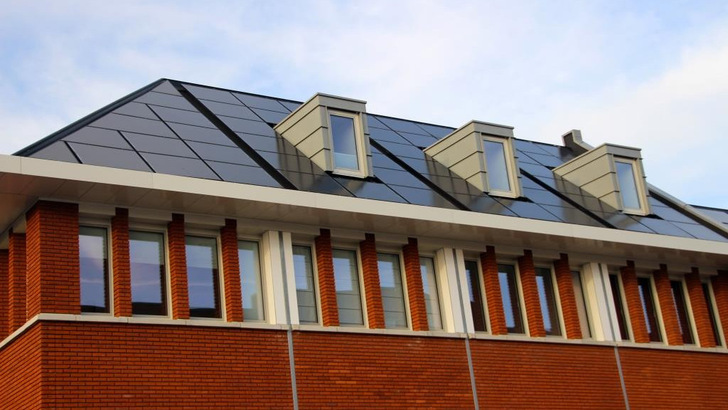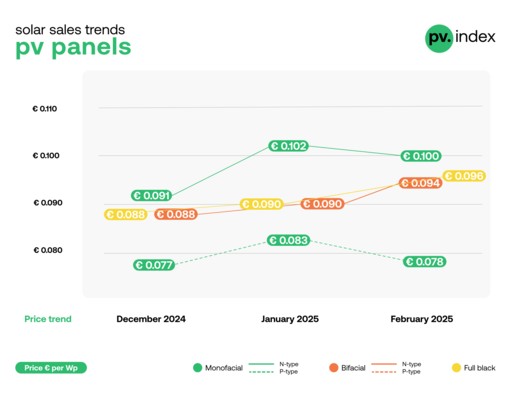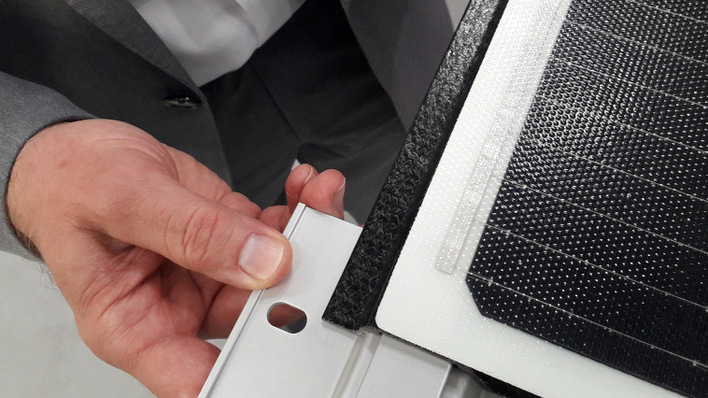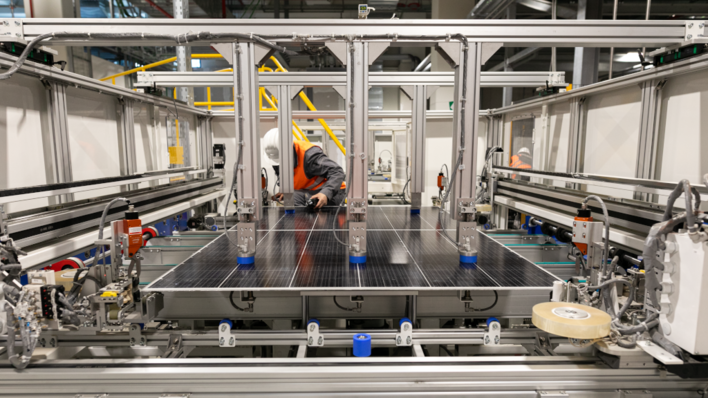The Houthaven in Amsterdam used to be the docking point for cargo ships to unload their timber freight. That was more than 100 years ago. Now, a new green quarter is being built here on an area of 5,000 square metres in the Dutch metropolis. It comprises about 2,500 houses – some with jetties as access to the water – and 70 houseboats.
The requirements for the buildings are high. They all have to meet the strict BENG requirements. Since the beginning of 2020, all new buildings in the Netherlands must be constructed as near-zero energy buildings. Strict specifications apply for the maximum energy demand, the maximum consumption of fossil-generated primary energy and a minimum share of renewable energy.
Rooftop construction with an in-roof look
On the other hand, the buildings should also be architecturally attractive. The architects of the Water Section building complex with 58 residential units in the new Houthaven in Amsterdam, in cooperation with the engineers of the Sonnenstromfabrik in Wismar, have shown how such a concept can be implemented in reality. The attractive clinker brick building has a hip roof that is completely covered with photovoltaic modules. For this purpose, the roofers from Onanjedak – one of the largest Dutch roofing companies – used an on-roof construction and thus achieved an in-roof look.
Precisely fitted roof system
But that was not the only challenge. For the hip roof construction with its many sloping roof edges also had to be covered in such a way as to create a uniform roof appearance. To achieve this, the employees of the Sonnenstromfabrik made full use of the flexibility of the production plant. They produced many so-called dummy modules in a small series. These have the same appearance as the actual modules, but they lack solar cells. This means that they do not generate electricity. But since the same materials are used in the production as for the solar active panels, their appearance does not differ from the actual solar modules. The Wismar-based company has cut a total of 185 of these dummy modules at an exact angle so that they fit precisely to the sloping edges of the roof and thus represent the connection between the edges and the solar system.
Energy generation meets aesthetics
Despite the lack of solar cells in the dummy modules, the 1,700 solar active modules of the solar roof achieve over 550 kilowatts. This means that the building complex meets the specifications of BENG and the strict aesthetic requirements of the architect. „With this full-surface photovoltaic system for a hip roof, we were able to demonstrate once again that active energy generation with photovoltaic roof systems does not have to contradict the highest aesthetics in terms of the building envelope,“ sums up Bernhard Weilharter, CEO of the Wismar-based Sonnenstromfabrik.
Battery storage ensures plenty of self-consumption
Also in the Netherlands: Solar modules keeping the lights on for bulb grower
Each residential unit can thus use 9.5 kilowatts of solar power. In balance, this is enough to cover the entire electricity consumption in the building. However, this in turn depends on the load profile of the residents and the generation profile of the solar system, which do not match perfectly. To increase the share of self-consumption, a battery storage system was installed in the building complex. This can temporarily store 13 kilowatt hours of the solar electricity that is not immediately consumed. The batteries are connected via a hybrid inverter that both converts the direct current from the roof into alternating current and can feed the battery with solar power. It also ensures that the temporarily stored solar energy flows back into the building grid as alternating current when needed. (su/mfo)








